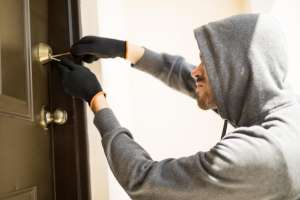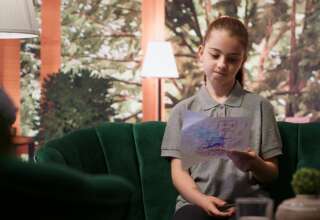Have you ever found yourself locked out of your home with no key in sight? It’s a frustrating and inconvenient situation that many of us have experienced. But fear not, because there are ways to unlock a door without a key, and they can be done quickly and easily. In this blog post, we will guide you through four effective methods to regain access to your locked door in just a matter of seconds.
Understanding the Common Problem of Lost Keys
We’ve all experienced that sinking feeling of reaching into our pockets or rummaging through our bags only to discover that our keys have gone missing. It’s a frustrating situation that can leave us feeling helpless and stressed, especially when we’re pressed for time. But why does this common problem of lost keys happen? Let’s dive into the possible reasons behind this predicament.
Absentmindedness and Hectic Lifestyles
In today’s fast-paced world, it’s easy for our minds to wander and for us to become forgetful. With numerous responsibilities and a myriad of thoughts vying for our attention, misplacing our keys can simply be a result of absentmindedness. Our hectic lifestyles often contribute to this, as we rush from one task to another, leaving little room for careful attention to our belongings.
Lack of Organization
Another common reason for lost keys is a lack of organization. When we don’t have a designated place to keep our keys or fail to establish a consistent routine of putting them back in that place, they can easily end up misplaced. Frantically searching through our homes or pockets becomes a regular occurrence when we don’t have a system in place to keep our keys safe and easily accessible.
Accidental Misplacement
Sometimes, our keys may be inadvertently misplaced due to unexpected circumstances. For instance, being in a rush to catch a bus or train may lead to accidentally leaving the keys behind. Similarly, the distraction of a phone call or conversation while handling our keys can result in them being set down in an unfamiliar location. These accidental misplacements can be quite frustrating, as finding our keys becomes a game of retracing our steps and hoping for the best.
Theft or Misplacing in Public Spaces
Unfortunately, theft or misplacing our keys in public spaces is also a possibility. Whether it’s due to a momentary lapse in vigilance or the actions of a pickpocket, losing our keys while out and about can be unnerving. In such situations, it’s crucial to take quick action, such as informing the relevant authorities or changing locks if necessary, to ensure the security of our homes or belongings.
Understanding the common problem of lost keys is the first step towards finding effective solutions. By recognizing the reasons behind their disappearance, we can take proactive measures to prevent future incidents. In the next section, we will explore some practical tips and techniques to help you avoid the frustration of lost keys.
Identifying the Type of Your Lock
Locks are important for security and peace of mind. Not all locks are the same, so it’s crucial to know what type you have. This list will cover different lock types and how to identify them.
1. Deadbolt Locks
Deadbolt locks are commonly used in homes and businesses. They offer extra security because they can only be opened with a key or thumb turn. Look for a thick cylinder above the doorknob to identify a deadbolt lock.
2. Mortise Locks
Mortise locks are commonly found in old buildings and are known for being durable. They have a lock body that goes into a rectangular pocket (mortise) in the door. The lock is operated by a key and usually has a lever or knob for opening the door. To identify a mortise lock, look for a big metal plate on the door’s edge and a separate lock mechanism inside.
3. Padlocks
Padlocks are handy locks used for various purposes like securing gates, storage units, lockers, and bicycles. They are portable and can be attached to a hasp or chain. To identify a padlock, look for a U-shaped metal shackle that is opened and locked using a key or combination dial.
4. Cam Locks
Cam locks are often used in cabinets, drawers, and vending machines. They have a cylindrical lock body and a rotating metal cam to lock or unlock. To spot a cam lock, look for a small cylinder with a keyhole and a protruding metal cam when unlocked.
5. Rim Locks
Rim locks are commonly found on older doors. They are mounted on the surface and have a visible lock mechanism with a decorative faceplate. Look for a latch bolt that extends into a strike plate on the door frame to identify them.
6. Euro Profile Cylinders
Euro profile cylinders are widely used in Europe and gaining popularity worldwide. They’re commonly found in uPVC doors and some commercial applications. Look for a long, narrow cylinder with a keyhole and a small knob or lever on the inside to identify a Euro profile cylinder.
Unlocking Your Door with a Bobby Pin
Unlocking a door without a key can be useful in certain situations. One popular method is using a bobby pin. With practice, you can easily do the bobby pin trick. Here, we’ll discuss setting up your bobby pins and executing the technique successfully.
Setting Up Your Bobby Pins
Before you can begin unlocking your door with a bobby pin, you need to make sure you have the right tools and prepare them properly. Here’s what you’ll need to do:
-
Gather Your Tools: To successfully unlock a door using a bobby pin, you’ll need one or two bobby pins and a tension wrench. The tension wrench can be any small, flat, and sturdy object like a small screwdriver or another bobby pin bent into an L-shape.
-
Prepare the Bobby Pin: Straighten out one end of the bobby pin to create a straight, elongated tool. This will be used to manipulate the lock pins inside the door mechanism.
-
Create a Tension Wrench: Bend the other bobby pin into an L-shape, leaving a small curve at the end to provide leverage when applying tension to the lock.
Executing the Bobby Pin Trick
Now that you have your tools ready, it’s time to execute the bobby pin trick to unlock your door. Follow these steps carefully:
-
Insert the Tension Wrench: Insert the tension wrench into the bottom part of the keyhole. Apply gentle pressure to create tension on the lock cylinder, simulating the action of a key turning in the lock.
-
Insert the Bobby Pin: Take the prepared bobby pin and insert it into the top part of the keyhole. Position it so that the straight end is facing up toward the pins inside the lock.
-
Feel for the Pins: Gently push the bobby pin upward while applying slight pressure with the tension wrench. You will feel the pins inside the lock as you push against them. Pay close attention to the feedback from the pins as you continue to apply pressure.
-
Locate the Binding Pin: As you push the bobby pin upward, you may come across a pin that offers more resistance than the others. This is the “binding pin” that is preventing the lock from turning.
-
Apply Pressure and Release: Once you have located the binding pin, maintain pressure on it with the bobby pin while releasing a small amount of pressure on the tension wrench. This delicate balance of pressure will gradually release the lock mechanism and unlock the door.
Remember, mastering the bobby pin trick may take some practice. It’s important to note that attempting to unlock a door without proper authorization is illegal and should not be done unless it’s an emergency situation or with the permission of the owner.
Unlocking your door with a bobby pin can be a helpful skill to possess, but it’s crucial to use it responsibly and ethically. Always prioritize the safety and security of yourself and others, and only use this knowledge when necessary and justified.
Using a Screwdriver to Unlock Your Door
 Locating the Appropriate Point of Insertion
Locating the Appropriate Point of Insertion
To unlock a door with a screwdriver, the first step is to locate the appropriate point of insertion. This is usually at the base of the doorknob, where the latch is located. Look for a small hole or slot where the screwdriver can be inserted.
 Turning the Screwdriver
Turning the Screwdriver
Once you have identified the point of insertion, insert the tip of the screwdriver into the hole or slot. Apply gentle pressure and twist the screwdriver in a clockwise or counterclockwise direction, depending on the type of lock. This will help to turn the latch mechanism and unlock the door.
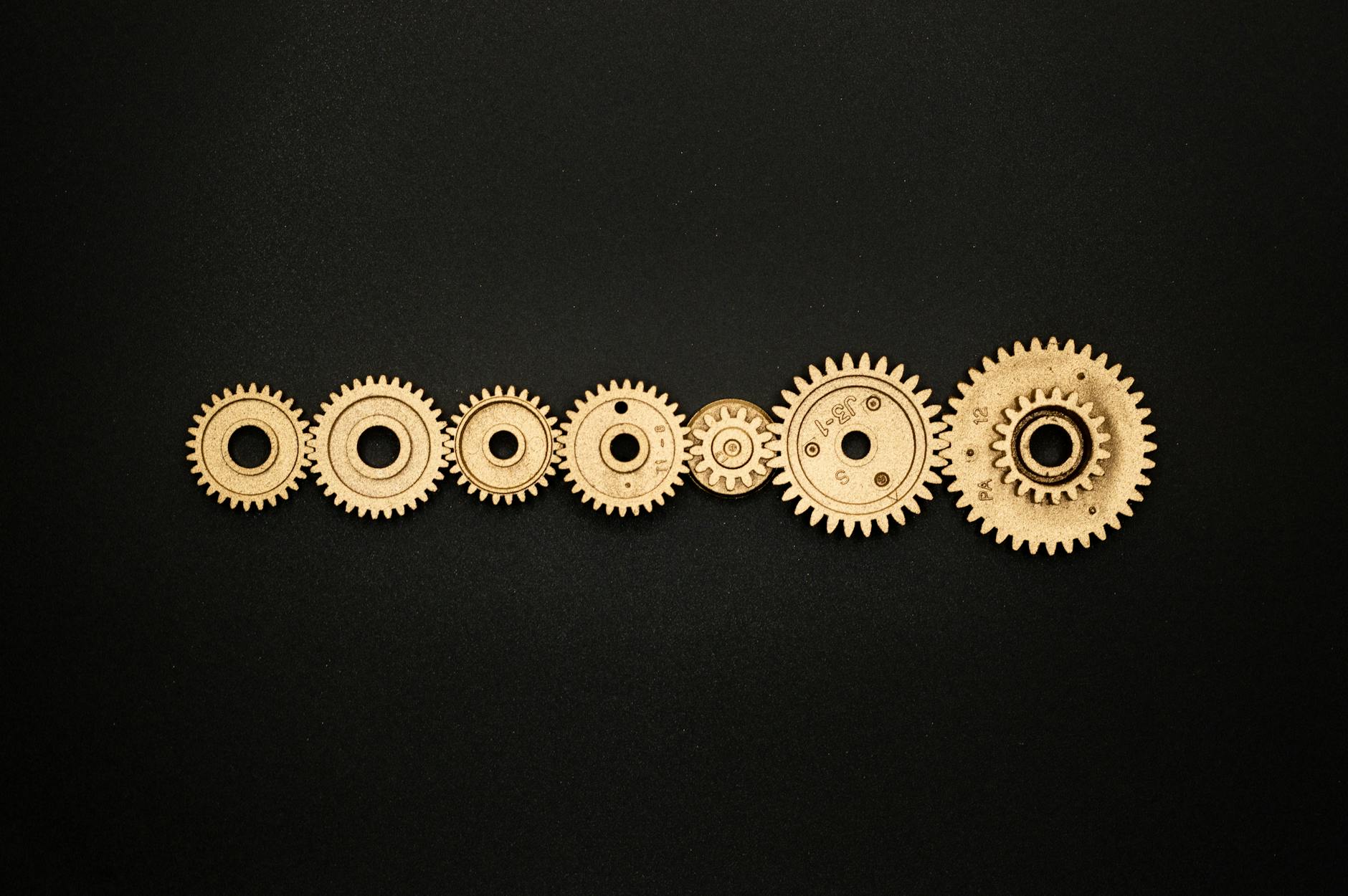
For more information on lock-picking techniques and tools, you can visit related website.
By following these steps, you can potentially unlock your door using a screwdriver in a quick and efficient manner. However, it is important to exercise caution and use this method responsibly.
Utilizing a Knife to Open Your Door
Properly Inserting the Knife: To open a door with a knife, it’s important to first determine the type of lock and understand how it works. If the door has a spring-loaded latch system or a button lock, you should be able to successfully open it with a knife.
In a spring-loaded latch system, the latch springs out from a pocket in the door jamb to keep the door shut. However, by turning the knob or handle, you should be able to retract the latch and open the door. If the door has a button lock, all you need to do is manipulate the inside of the lock to pop the button back out.
When inserting the knife into the keyhole, it is advisable to use a simple butter knife or putty knife rather than a sharp knife. This reduces the risk of injuring yourself while attempting to unlock the door.
Applying Pressure Without Damaging Your Lock: Once the knife is properly inserted into the keyhole, you can gently manipulate the latch or button mechanism to unlock the door. Be careful not to apply excessive force that could potentially damage the lock.
It’s important to note that attempting to unlock a door with a knife should only be done on your own property or with the owner’s permission. Breaking into someone else’s property is illegal and unacceptable.
Remember, the method of using a knife to open a door should only be considered a last resort when you don’t have access to a key or other proper tools. It’s always recommended to contact a professional locksmith for assistance to avoid any potential damage to your lock or door.
The Credit Card Method
In this section, we’ll explore the credit card method as a way to unlock a door without a key in just 5 seconds. This method utilizes a credit card to manipulate the lock mechanism and gain entry. However, it’s important to note that this technique should only be used in emergency situations or with proper authorization.
Properly Using the Credit Card
When using the credit card method, it’s crucial to follow the steps correctly to increase your chances of success. Here’s how to properly use a credit card to unlock a door without a key:
-
Choose a Flexible Card: Start by selecting a flexible and sturdy card, such as a credit card or a gift card. Avoid using important cards or those that could get damaged.
-
Insert the Card: Insert the card between the door frame and the door, near the latch mechanism. Position it horizontally, with the long edge parallel to the ground.
-
Wiggle and Apply Pressure: While maintaining slight pressure on the card, gently wiggle and push it towards the latch mechanism. The goal is to slide the card between the latch and the door frame to disengage the lock.
-
Push and Turn: Once the card is inserted, push it firmly against the latch while simultaneously turning the doorknob or handle. This action should help release the latch and allow the door to open.
When to Avoid Using This Method
While the credit card method can be effective in certain situations, there are instances where it’s best to avoid using it:
-
Professional Assistance: If you have access to a locksmith or any professional who can safely open the door, it’s recommended to seek their help instead. They have the necessary expertise and tools to unlock the door without causing any damage.
-
Advanced Lock Systems: High-security locks, smart locks, or deadbolts with anti-carding features may not be susceptible to the Credit Card Method. Attempting to use this technique on such locks may be futile and could potentially damage the door or the card.
-
Legal and Ethical Considerations: It’s important to respect the laws and ethical boundaries surrounding entry and access. Use the credit card method responsibly and only under appropriate circumstances, such as gaining access to your own property or in emergency situations where immediate help is required.
Remember, always prioritize safety and legality when considering alternative methods for unlocking doors. Utilize the credit Card method responsibly and cautiously.
Stay informed by visiting relevant websites like Locksmith Association or Home Security Magazine for more information on lock manipulation techniques and home security practices.
Conclusion
In conclusion, there are several effective ways to unlock a door without a key in just 5 seconds. By using common household items such as a bobby pin, screwdriver, knife, or even a credit card, you can quickly gain entry to your locked door. However, it is important to note that these methods should only be used in emergency situations or when you have proper authorization to access the property. If you are uncertain or uncomfortable attempting these techniques, it is best to seek professional assistance from a trusted locksmith. Remember, always prioritize your safety and security.

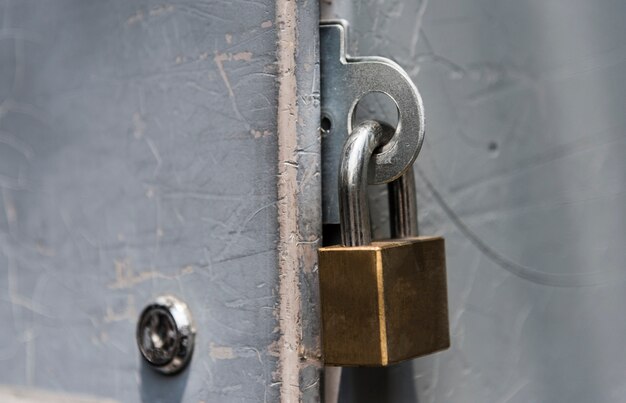
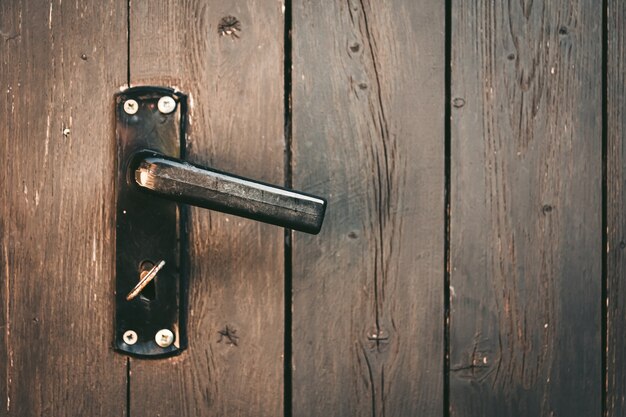
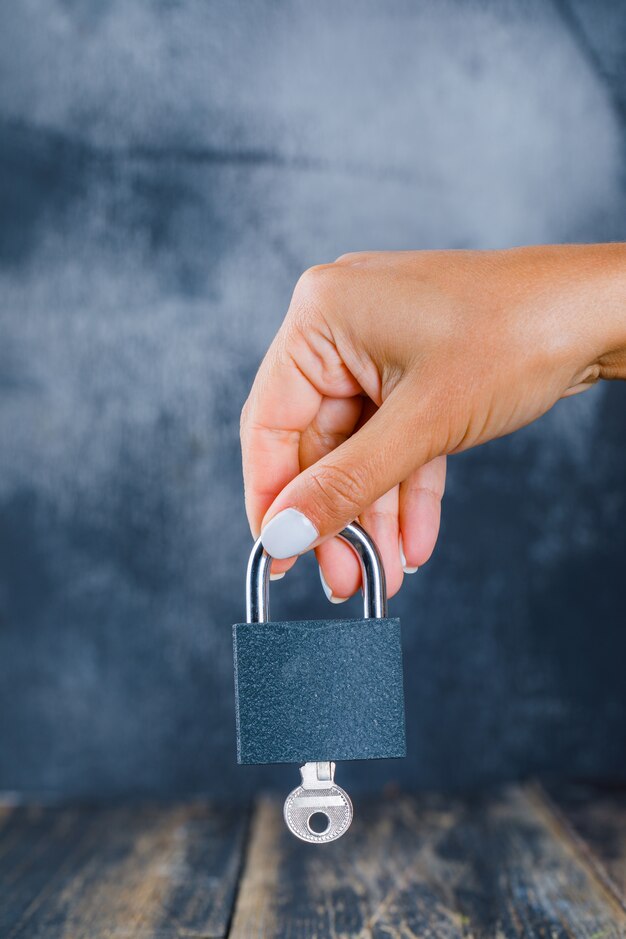
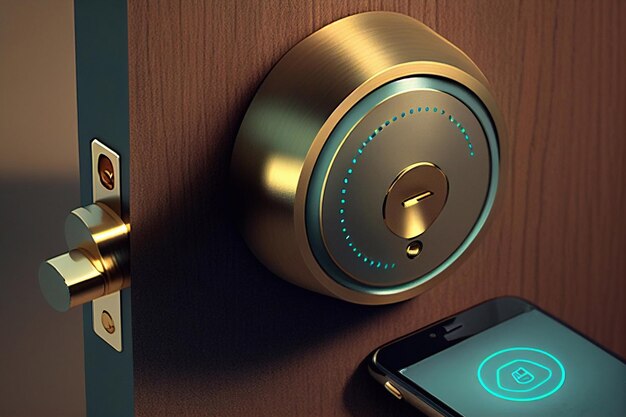
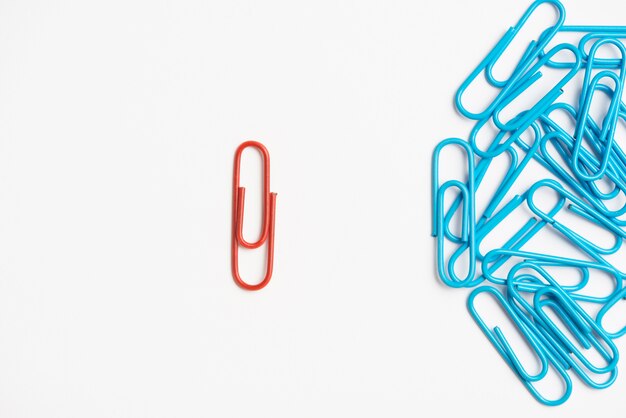
 Locating the Appropriate Point of Insertion
Locating the Appropriate Point of Insertion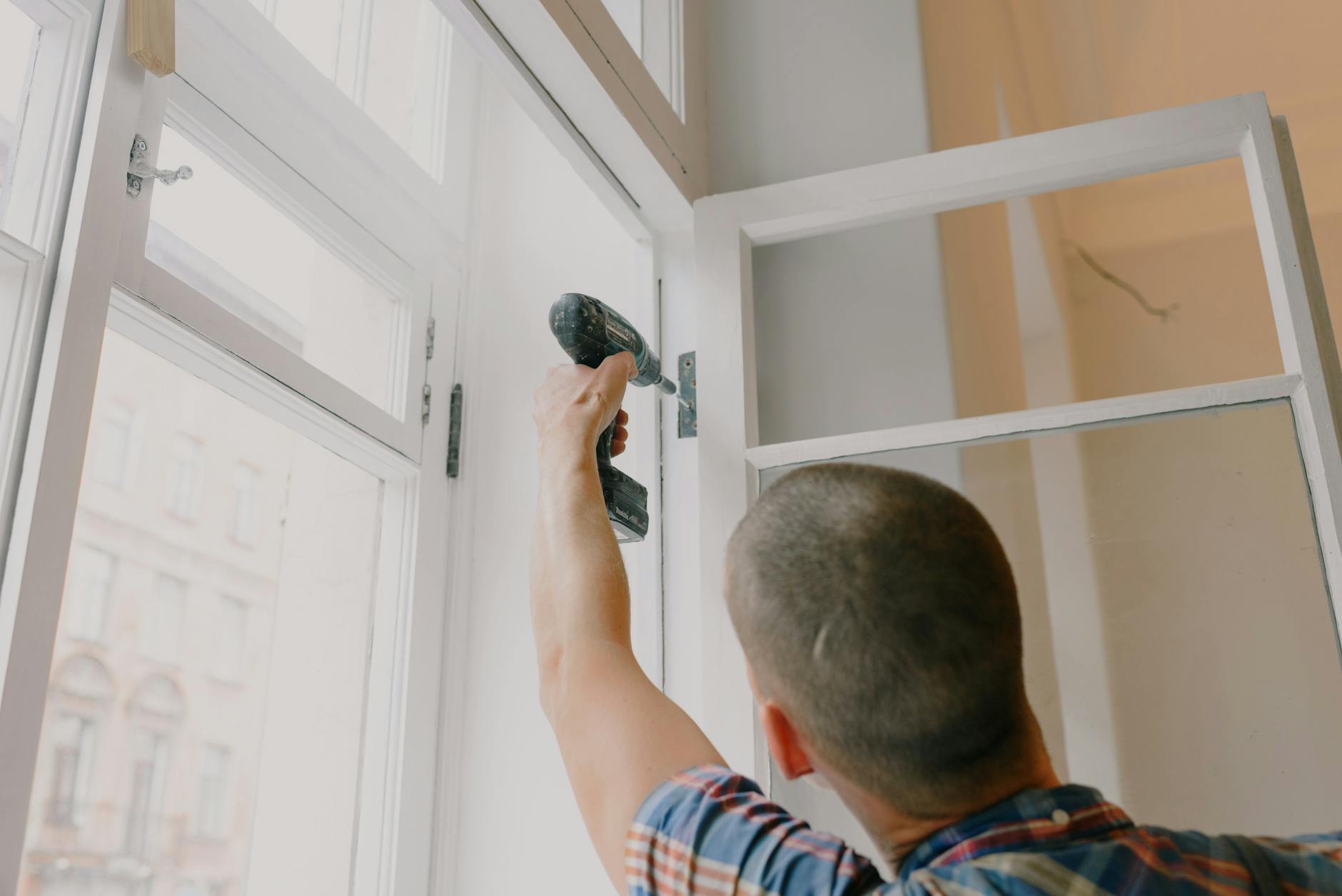 Turning the Screwdriver
Turning the Screwdriver